Part 1 – Technology In A Box
This is a field review of the Sony A7RII as a landscape camera. The focus is primarily how well the camera functions in the field, as well as image quality considerations in landscape photographs, leaving technical studio details to the many camera review sites. I’ve been working with the A7RII for about six months in a variety of conditions, including crisp autumn days, frozen winter mountains, sandy desert canyons, and star filled nights. In that time, the camera has impressed me with its flexibility and image quality, but not without a few frustrations. The quick conclusion, if you’re pressed for time, is that it’s an excellent landscape camera that produces detailed images with a wide dynamic range, but there’s room for improvement in the areas of ergonomics and raw image data. Before getting into the nitty gritty of camera handling and image quality, let’s take a quick look at the technologies under the hood that are relevant to landscape photography.
The Kitchen Sink
There are six cutting edge technologies in the A7RII that directly benefit landscape photographers, a class leading new sensor design, in body image stabilization (IBIS), an electronic first curtain shutter, a big electronic view finder (EVF), extremely accurate focusing, and a compact form factor. That all these appeared in the same camera is one reason so many review sites dubbed it 2015 camera of the year. To be sure, the camera is not the best option for every type of photography. It’s small size can make handling difficult in fast moving situations like those found in journalism and sports photography. In addition, large lenses will make the camera front heavy and awkward to hold. Also, even though the EVF is big and has a good refresh rate, it can’t compare to the infinite refresh rate of an optical view finder for fast moving subjects. Finally, working pros need reliable equipment and Sony simply doesn’t have the track record, as do Canon and Nikon, to provide this assurance. It is only this last point that may have a direct impact on landscape photographers. Accepting these potential limitations, let’s take a look at some of the tech that make the A7RII relevant as a landscape camera.
The Sensor
The Sony A7RII is a seminal camera on many fronts. At its core is a new 42 megapixel, back illuminated (BSI) full frame sensor that is a first in the industry. The BSI design means the sensor circuits are behind the light gathering pixels rather than on top, therefore maximizing the light gathering capability at each pixel site. The effect of a BSI design is to increase light sensitivity and lower image noise for a given pixel pitch. Other technologies that directly affect image quality include incorporating analog/digital (AD) conversion circuitry at each pixel site and using copper wiring rather than aluminum. Sony sensors have been doing the AD conversion on chip for some time, resulting in lower read noise. The cleaner signal allows for detail in lower tonal values and is primarily responsible for the higher dynamic range of Sony sensors. The use of copper wiring instead of aluminum, on the other hand, is new and has two potential benefits. Due to the increased conductivity of copper, the data rate can be increased for faster readouts. While this is more relevant to videographers than still photographers, there is an upside for landscapists as well. The added conductivity of copper helps move heat away from the pixel site, reducing thermal noise and allowing for longer exposures. Finally, the sensor does not use a low pass filter which would add a slight blur to the image to avoid problems with moire. This maximizes the resolution of the sensor’s 42 megapixels. In sum, the new sensor inside the Sony A7RII includes technologies that allow for increased ISO sensitivity, reduced read noise, reduced thermal noise, and increased dynamic range, all with 42 detailed megapixels of goodness. The technologies incorporated in the new sensor benefit landscape photographers wanting to make large prints of images captured in a wide range of lighting conditions.
In Body Image Stabilization
One hallmark of a good tool is flexibility. While the sensor design of the A7RII enlarges the range of possible shooting situations, so does the in body image stabilization. The A7RII is the first full frame camera with IBIS. It means that all of your captures, regardless of lens, are stabilized and allows for a wider range of hand held shots. Sony’s IBIS provides 5 axis stabilization for all types of camera motion. My experience is that it improves hand holding stability by about 3 stops, providing about a half stop improvement over my stabilized Canon lenses. But wait you say, a tripod is mandatory equipment for landscape photography so stabilization of any kind is unnecessary. While this is mostly true, there are occasions when a tripod is either unavailable or impractical. This will be emphasized in a recent experience I recap a bit later in the article.
Electronic First Curtain Shutter
It’s all about the details. Internal camera vibrations can rob an image of precious resolution, an important consideration when large prints are a goal. Internal vibrations can come from two sources, mirror slap in DSLRs and shutter shock in all cameras. Landscape photographers using DSLRs have long been accustomed to locking up their mirrors prior to releasing the shutter to minimize internal vibrations. Being a mirrorless camera, the A7RII obviously doesn’t have this issue. To eliminate shutter shock, Sony have included an electronic first curtain shutter. The electronic first curtain shutter starts the exposure without requiring mechanical shutter movement, effectively eliminating any internal vibration during the exposure. The mechanical shutter closes to end the exposure, but the vibrations it creates come after the exposure and don’t effect the image. While the effect of internal shutter vibrations can be negligible on lower resolution cameras, softness due to shutter shock has become noticeable with the current crop of high resolution sensors. So for making large, detailed prints, the option to use the electronic first curtain shutter on the A7RII is a welcome addition.
Electronic View Finder
The immediate feedback provided by LCD screens is one of the biggest assets of digital cameras. I believe it plays a substantial role in improving photography because you see what you get and can make adjustments in real time. But LCD screens aren’t always easy to view, particularly in bright conditions that create contrasty reflections. To combat this, Sony have built a large, high resolution electronic view finder (EVF) into the A7RII. The 2.4 million dot EVF has a magnification of 0.78x, making it the biggest view finder of any digital still camera at the time of its release. With the EVF, even in sunny conditions, it’s possible to preview your image as the camera sees it and make adjustments in exposure and composition before taking the picture. Using an EVF or an optical view finder also provides a third point of stability when hand holding the camera. With an optical view finder, however, you still have to review your pictures after they are taken to see how the camera recorded the scene… rinse and repeat. While there are some limitations, the EVF is an excellent tool for composition in the field.
Focal Plane Phase Detection Autofocus
The A7RII incorporates a focal plane phase detect autofocus system. There are 399 phase detect points covering more than 45% of the sensor area. This exceeds the closest competitor by a wide margin (the Canon 5DS has 61 points) and allows for unprecedented focus tracking over a wide area. While this is tremendously helpful for photographing moving subjects, the real advantage for landscape photography comes from the phase detect points being on the focal plane. Traditionally, DSLRs use a separate phase detect auto focus module that needs to precisely aligned, both in distance and orientation, with the imaging sensor. If it’s a tiny bit off, the autofocus is off. By virtue of Sony’s phase detect being on the imaging sensor, there is no possibility for misalignment and focus is spot on every time. In my time with the A7RII, I’ve found focus accuracy to be consistently excellent. Another major advantage to the A7RII autofocus is that through use of an adapter, it works with lenses from other manufacturers as well. Indeed, the Sony focuses my Canon lenses faster and more accurately than my Canon 5DII. While Sony’s native FE lens lineup is no where near Canon or Nikon’s offerings, the ability to use non-native lenses with full autofocus and electronic control makes the A7RII compatible with the widest range of lenses of any camera ever made. This adds to the camera’s flexibility as a tool for landscape photography.
Compact Design
While not really a technology so much a design philosophy, building a compact and light weight camera is made possible by the miniaturization of many different technologies. The A7RII is more than 30% lighter and 40% smaller than the high resolution full frame competitors from Nikon and Canon. Whether this is a good thing depends on your needs as a photographer, not to mention the size of your hands. The compact Sony Alpha system is, however, not immune to the laws of physics. Creating quality lenses of the same focal length and aperture as the competition results in lenses of roughly the same size. So while the camera may be small, the lenses are often disproportionally large. Overall, the camera and lens combinations are smaller and lighter, though not by as much as you would expect. The camera’s diminutive size does present some ergonomic problems in the field, as we’ll soon explore.
The Sony A7rII is a technological tour de force, arguably packing more cutting edge tech into a small package than any other camera currently on the market. Since the first part of this review is an overview of the technology that is most useful for landscape photography, it omits much about the camera that is of interest to other photographic pursuits, such as event photography or videography. More information on those aspects of the camera and extensive analysis can be found at many camera review sites. But technology alone doesn’t make a camera great. The real questions are how the camera’s abilities combine to function in the field and ultimately, does the A7RII bring home the bacon. Read on to find out.
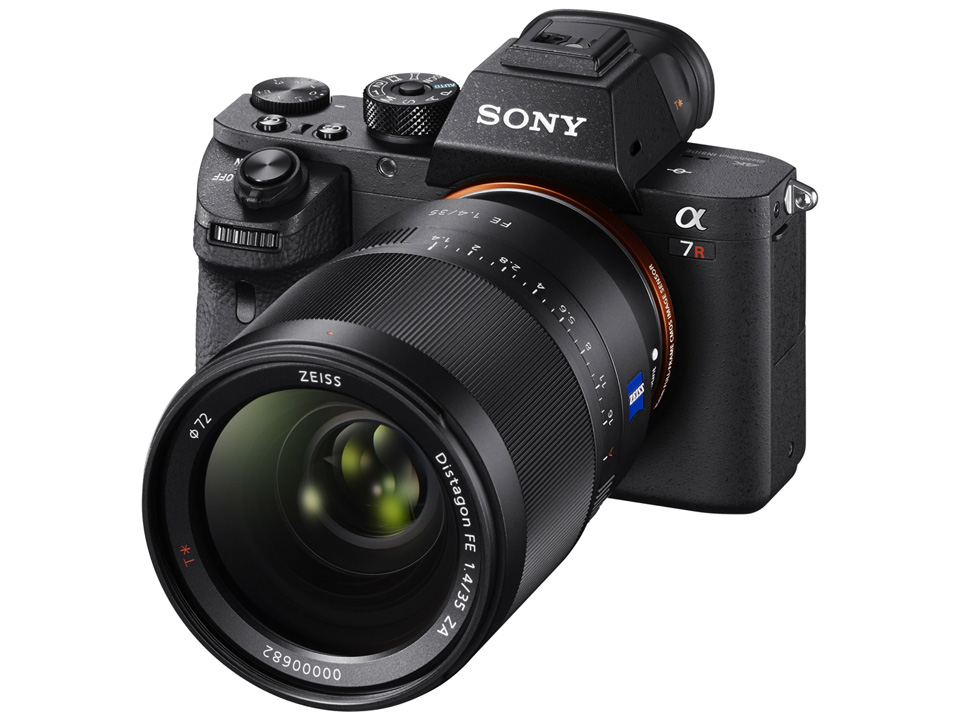
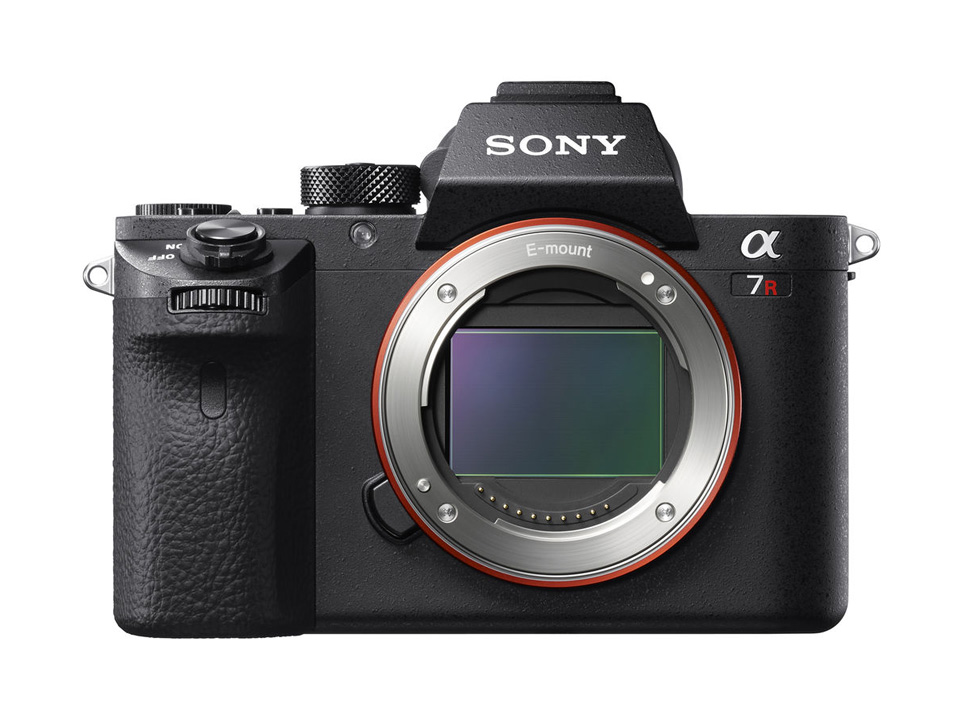
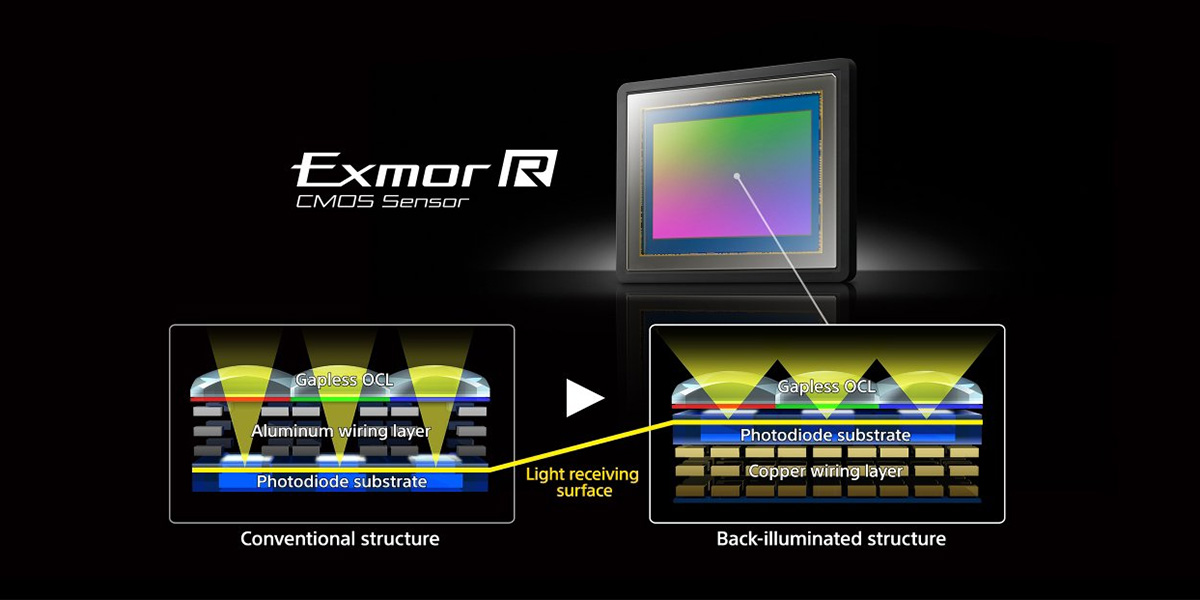
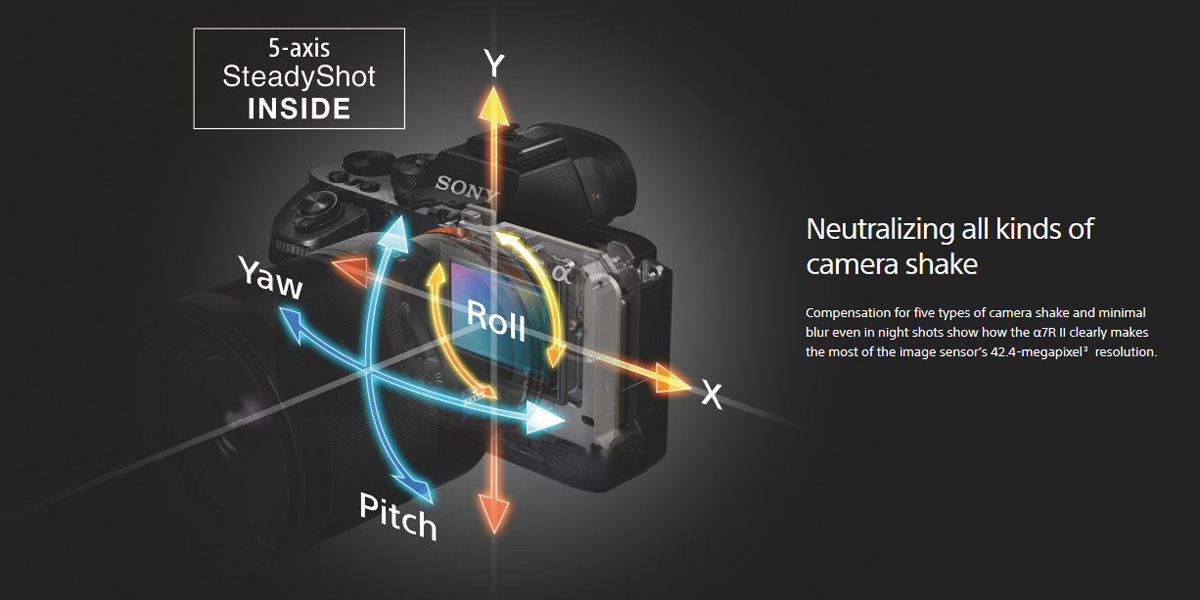
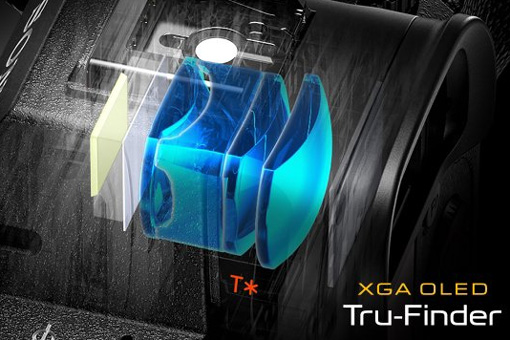
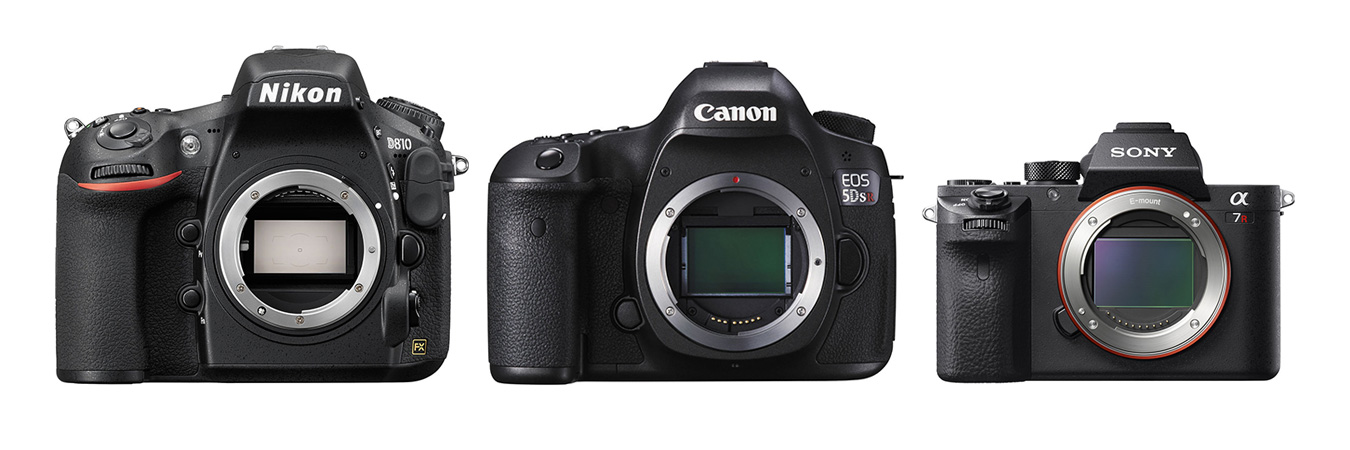
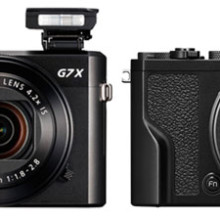
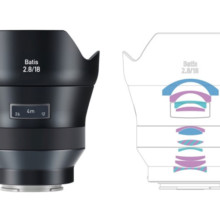
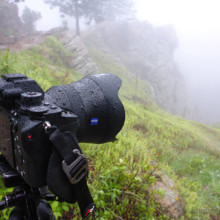
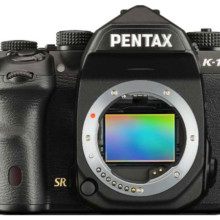
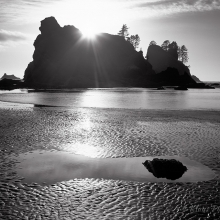
Leave A Comment